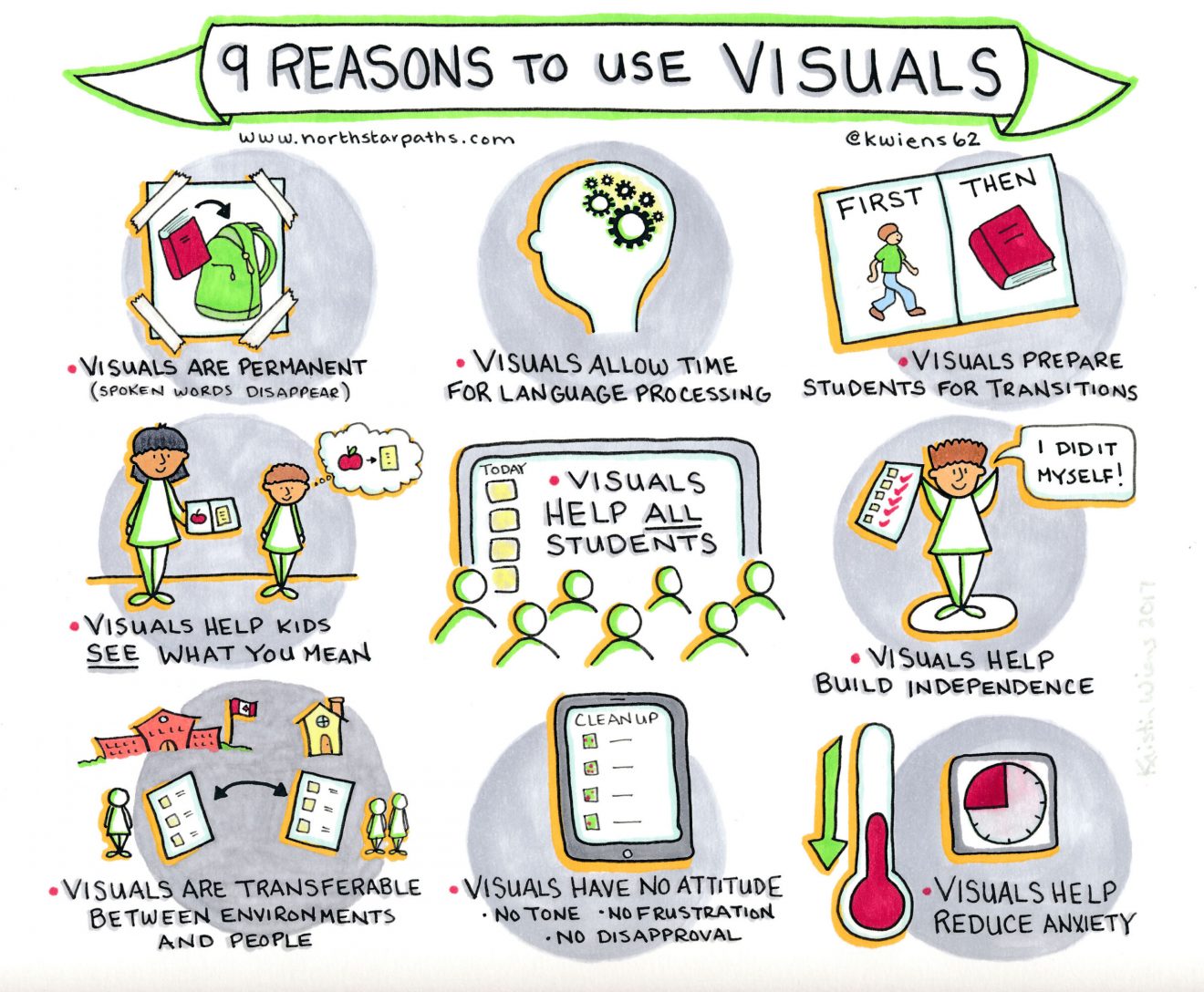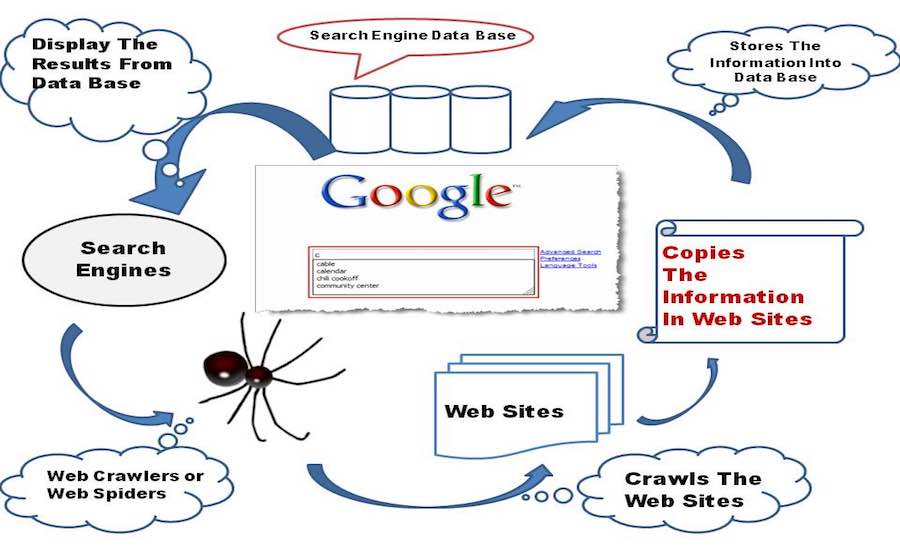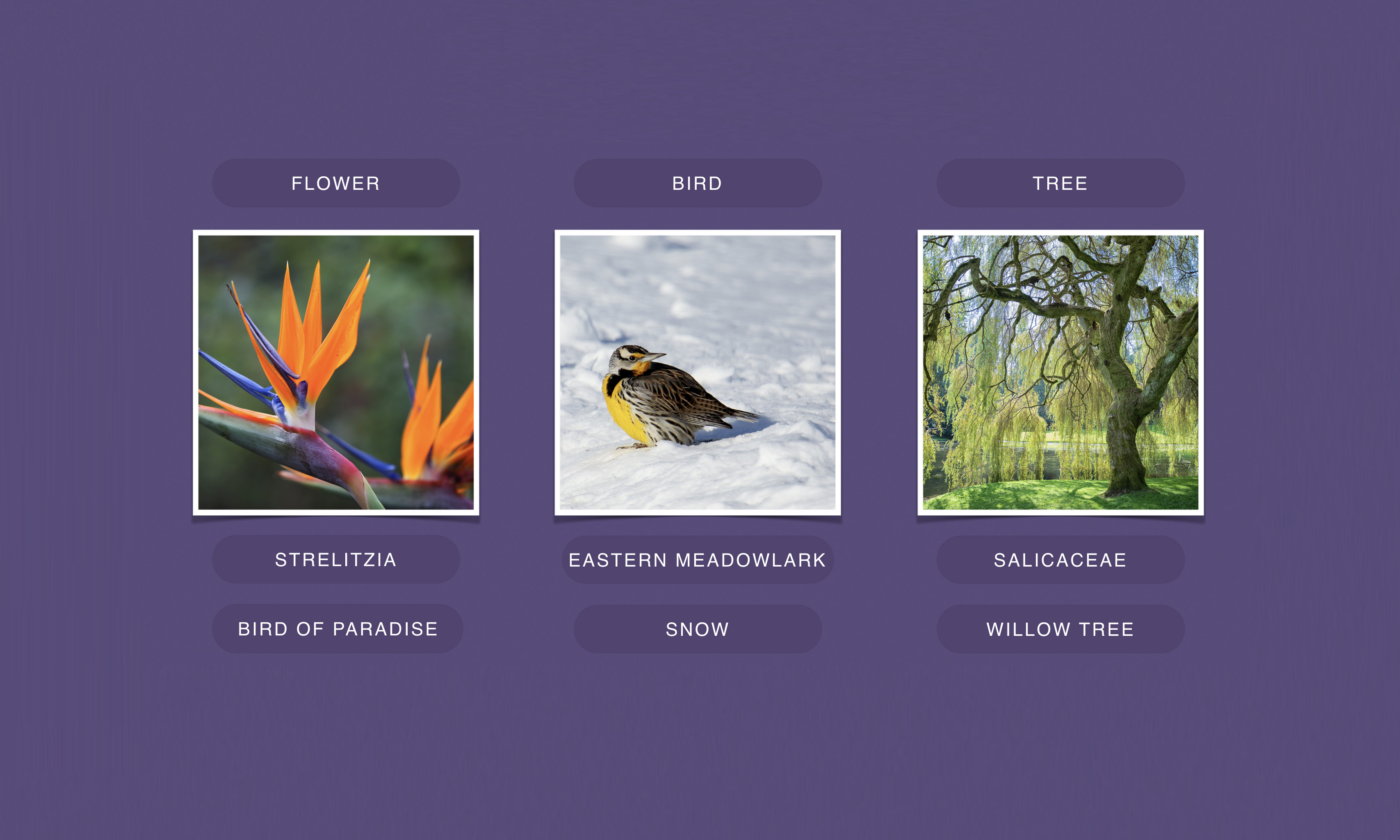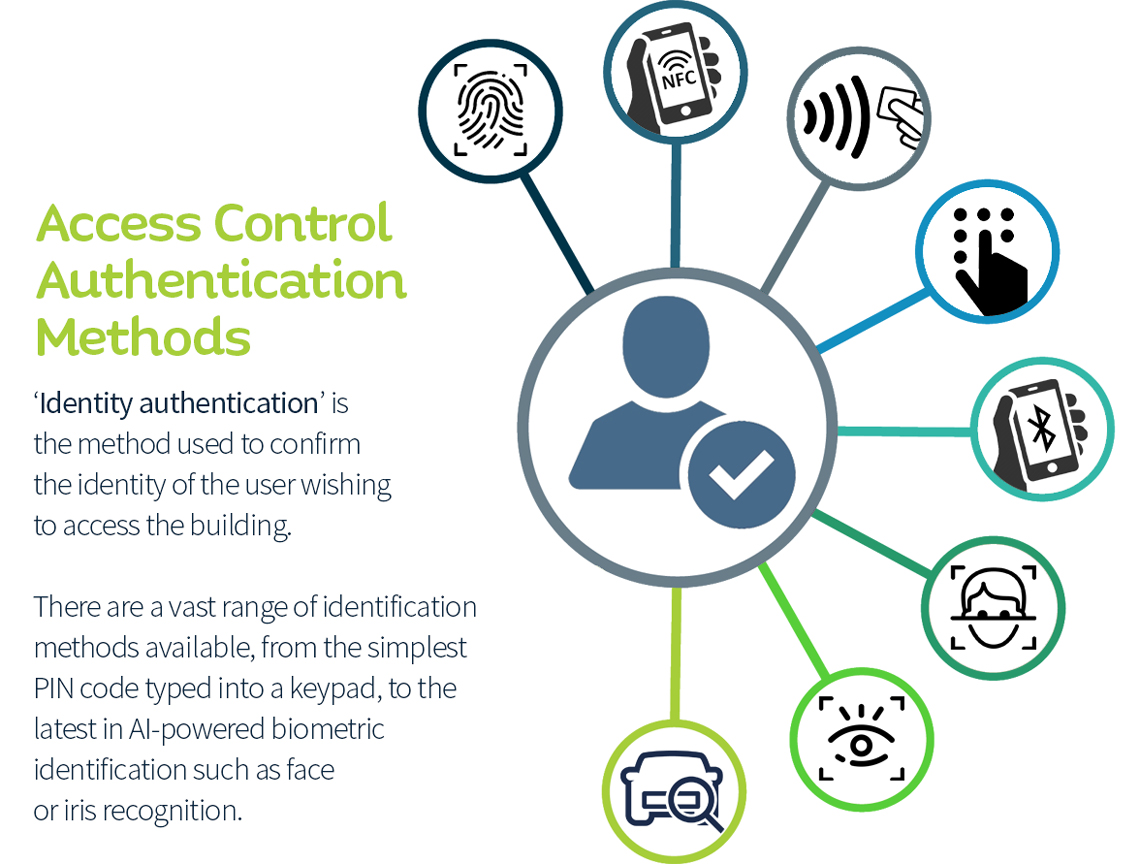Understanding Your Visual Needs
When it comes to finding the perfect image, it’s essential to define what you’re looking for. This involves identifying the type of image, its intended use, and any specific requirements or constraints. Are you searching for a photograph, illustration, or graphic? Will the image be used for commercial or personal purposes? Are there any specific dimensions, resolutions, or file formats required?
Understanding your visual needs helps you focus your search and ensures that you find an image that meets your requirements. It’s also crucial to consider the context in which the image will be used. For instance, if you’re looking for an image for a website or social media platform, you may need to consider factors like image size, file format, and loading speed.
Defining your visual needs also involves thinking about the message you want to convey with the image. What emotions or ideas do you want to evoke? What tone do you want to set? By clarifying your visual needs, you can find an image that not only meets your technical requirements but also resonates with your audience.
So, how do you go about defining your visual needs? Start by brainstorming a list of keywords and phrases that describe the image you’re looking for. Consider factors like color palette, composition, and style. You can also create a mood board or sketch out some rough ideas to help visualize your concept.
By taking the time to understand your visual needs, you’ll be able to find an image that perfectly captures the essence of your project. Whether you’re a designer, marketer, or simply someone looking for a great image, defining your visual needs is the first step in finding the perfect picture.
Utilizing Search Engines and Online Platforms
When it comes to finding high-quality images, search engines and online platforms are essential tools. Google, in particular, is a powerful search engine that can help you find a vast array of images. To get the most out of Google’s image search, use relevant keywords that describe the image you’re looking for. For example, if you’re searching for a picture of a sunset, use keywords like “sunset,” “beach,” “ocean,” and “golden hour.”
In addition to Google, there are many online platforms that offer high-quality images. Unsplash, Pexels, and Pixabay are popular options that provide a vast library of images that are free to use for personal or commercial purposes. These platforms often have advanced search features that allow you to filter by color, orientation, and size.
Another way to find high-quality images is to use online platforms that specialize in stock photography. Shutterstock, Getty Images, and iStock are popular options that offer a vast library of images that can be licensed for use. These platforms often have advanced search features that allow you to filter by keyword, category, and license type.
When using search engines and online platforms, it’s essential to use relevant keywords and filters to get the most out of your search. This will help you find high-quality images that meet your needs and save you time in the process. Additionally, be sure to check the licensing terms and conditions for any image you plan to use, as some images may require attribution or have restrictions on use.
By utilizing search engines and online platforms, you can find a vast array of high-quality images that meet your needs. Whether you’re looking for a picture for a website, social media, or marketing campaign, these tools can help you find the perfect image. So, how do you find a picture that meets your needs? Start by using relevant keywords and filters, and don’t be afraid to explore different online platforms to find the perfect image.
Leveraging Social Media and Online Communities
Social media platforms like Instagram, Flickr, and 500px are excellent resources for discovering new images and connecting with photographers and artists. These platforms offer a vast array of images, from amateur to professional, and provide a unique opportunity to engage with the creators behind the images.
Instagram, in particular, is a popular platform for photographers and artists to showcase their work. By using hashtags and following photographers and artists, you can discover new images and stay up-to-date with the latest trends and styles. Additionally, Instagram’s “Discover” feature allows you to find new images based on your interests and engagement.
Flickr is another popular platform for photographers and artists to share their work. With over 90 million registered users, Flickr offers a vast array of images, from landscapes to portraits. By using Flickr’s search feature and groups, you can find images that meet your specific needs and connect with other photographers and artists.
500px is a community-driven platform that showcases the work of professional photographers. By using 500px’s search feature and categories, you can find high-quality images that meet your specific needs. Additionally, 500px’s community features allow you to connect with other photographers and artists, and get feedback on your own work.
Engaging with online communities and forums related to photography and visual arts is also an excellent way to find new images and connect with other creatives. Websites like Reddit’s r/photography and r/design offer a wealth of information and resources, from tutorials to critiques. By participating in these communities, you can learn from others, get feedback on your own work, and discover new images and styles.
By leveraging social media and online communities, you can find a vast array of images and connect with the creatives behind them. Whether you’re looking for inspiration, feedback, or simply a new image to use, these platforms offer a wealth of resources and opportunities. So, how do you find a picture that meets your needs? Start by exploring social media platforms and online communities, and don’t be afraid to engage with other creatives.
Exploring Stock Photo Websites and Marketplaces
Stock photo websites and marketplaces are excellent resources for finding high-quality images. Shutterstock, Getty Images, and iStock are popular options that offer a vast array of images, from photographs to illustrations. These websites allow you to search for images by keyword, category, and license type, making it easy to find the perfect image for your needs.
When using stock photo websites and marketplaces, it’s essential to understand the licensing options and fees associated with each image. Some images may be available for free, while others may require a subscription or a one-time payment. Additionally, some images may have restrictions on use, such as editorial or commercial use only.
One of the benefits of using stock photo websites and marketplaces is the convenience and speed of finding images. These websites often have advanced search features and filters, making it easy to find images that meet your specific needs. Additionally, many stock photo websites and marketplaces offer a wide range of images, from generic to niche topics.
However, there are also some drawbacks to using stock photo websites and marketplaces. One of the main concerns is the lack of originality and uniqueness of the images. Many stock photos are used by multiple people, which can make it difficult to stand out and create a unique visual identity. Additionally, some stock photos may be low-quality or poorly lit, which can affect the overall aesthetic of your project.
Despite these drawbacks, stock photo websites and marketplaces can be a valuable resource for finding high-quality images. By understanding the licensing options and fees, and being mindful of the potential drawbacks, you can use stock photos to enhance your project and create a professional-looking visual identity. So, how do you find a picture that meets your needs? Start by exploring stock photo websites and marketplaces, and don’t be afraid to experiment with different images and styles.
Searching for Free and Open-Source Images
When it comes to finding free and open-source images, there are several websites that can help. Wikimedia Commons, CC Search, and the Public Domain are popular options that offer a vast array of images that are free to use for personal or commercial purposes.
Wikimedia Commons is a vast repository of images, videos, and music that are free to use under a Creative Commons license. With over 50 million files available, Wikimedia Commons is an excellent resource for finding free and open-source images.
CC Search is another popular option for finding free and open-source images. This website aggregates images from various sources, including Flickr, Pixabay, and Unsplash, and allows you to search for images by keyword, category, and license type.
The Public Domain is a website that offers a vast array of images that are no longer under copyright and are free to use for personal or commercial purposes. This website is an excellent resource for finding historical images, as well as images that are no longer under copyright.
When using free and open-source images, it’s essential to verify the image licenses and permissions before using them. This can be done by checking the image metadata, licenses, and permissions on the website where the image is hosted. Additionally, it’s essential to give credit to the original creator of the image, if required by the license.
By using free and open-source images, you can save time and money, and still find high-quality images that meet your needs. So, how do you find a picture that meets your needs? Start by exploring websites like Wikimedia Commons, CC Search, and the Public Domain, and don’t be afraid to experiment with different images and styles.
Using Reverse Image Search and Image Recognition Tools
When searching for a specific image or trying to find more information about an image, reverse image search and image recognition tools can be incredibly useful. These tools allow users to upload an image or enter the URL of an image to find similar images, identify the source of the image, or gather more information about the image.
One of the most popular reverse image search tools is Google Images. To use Google Images, simply click on the camera icon in the search bar, upload the image or enter the URL, and Google will return a list of similar images. This can be a great way to find higher resolution versions of an image, or to discover other images that are similar in style or content.
Another reverse image search tool is TinEye. TinEye allows users to upload an image or enter the URL, and then returns a list of websites that have used the image. This can be a great way to track down the original source of an image, or to see how an image is being used across the web.
Image recognition technology is also becoming increasingly sophisticated, allowing users to search for images based on objects, scenes, or activities depicted in the image. For example, users can search for images of “mountains” or “cityscapes” to find relevant results.
When using reverse image search and image recognition tools, it’s essential to keep in mind that the results may not always be accurate. However, these tools can be a powerful addition to any image search strategy, and can help users to find the perfect image for their needs.
By combining reverse image search and image recognition tools with other image search strategies, users can increase their chances of finding the perfect image. Whether you’re a designer, a marketer, or simply someone looking for a great image, these tools can help you to achieve your goals.
When learning how to find a picture, it’s essential to explore all the available tools and techniques. By mastering reverse image search and image recognition tools, users can take their image search skills to the next level and find the perfect image for their needs.
Refining Your Search with Advanced Techniques
When searching for the perfect image, it’s essential to refine your search using advanced techniques. This can help you to narrow down your results, exclude irrelevant images, and find the exact image you need. One way to refine your search is by using Boolean operators. Boolean operators are words like “AND,” “OR,” and “NOT” that can be used to combine search terms and exclude certain results.
For example, if you’re searching for images of “mountains” but want to exclude images of “snow,” you can use the Boolean operator “NOT” to exclude those results. Simply type “mountains NOT snow” into the search bar, and the search engine will return results that include mountains but exclude snow.
Another way to refine your search is by using quotes. Quotes can be used to search for exact phrases or keywords. For example, if you’re searching for images of “New York City,” you can put the phrase in quotes to ensure that the search engine returns results that include the exact phrase.
Site-specific search is another advanced technique that can be used to refine your search. Site-specific search allows you to search within a specific website or domain. For example, if you’re searching for images on a specific website, you can use the “site:” operator to search within that website. Simply type “site:website.com” followed by your search terms, and the search engine will return results from that website.
Using advanced search features can also help to refine your search. Many search engines and online platforms offer advanced search features that allow you to filter results by factors like image size, color, and orientation. For example, if you’re searching for a large image of a specific color, you can use the advanced search features to filter results by image size and color.
When learning how to find a picture, it’s essential to be persistent and creative in your search. Don’t be afraid to try different search terms, use advanced techniques, and refine your search until you find the perfect image. By using these advanced techniques, you can increase your chances of finding the perfect image and achieve your visual goals.
Remember, finding the perfect image takes time and effort. But with the right techniques and strategies, you can find the image you need to enhance your project, website, or social media post. By mastering advanced search techniques, you can take your image search skills to the next level and find the perfect image every time.
Verifying Image Authenticity and Permissions
Once you’ve found an image that meets your needs, it’s essential to verify its authenticity and permissions before using it. This step is crucial to ensure that you’re not infringing on anyone’s copyright or using an image that’s been manipulated or falsified.
One way to verify image authenticity is by checking the image metadata. Image metadata includes information such as the camera settings, date, and time the image was taken, as well as the photographer’s name and contact information. You can use tools like Adobe Bridge or Photoshop to view the image metadata.
Another way to verify image authenticity is by checking the image’s license and permissions. Many images are licensed under Creative Commons or other open-source licenses that allow for free use. However, some images may require permission from the photographer or copyright holder before use. You can use websites like CC Search or the Public Domain to find images with open-source licenses.
It’s also essential to verify the image’s permissions by checking the website or platform where the image is hosted. Many websites, such as Flickr or 500px, have strict policies regarding image use and require permission from the photographer before using an image.
When learning how to find a picture, it’s essential to understand the importance of verifying image authenticity and permissions. Using an image without permission or proper attribution can result in copyright infringement and damage to your reputation.
By taking the time to verify image authenticity and permissions, you can ensure that you’re using images responsibly and avoiding any potential legal issues. This step is crucial in maintaining the integrity of your project, website, or social media post.
Remember, verifying image authenticity and permissions is an essential step in the image search process. By doing so, you can ensure that you’re using high-quality images that meet your needs and avoid any potential issues.








